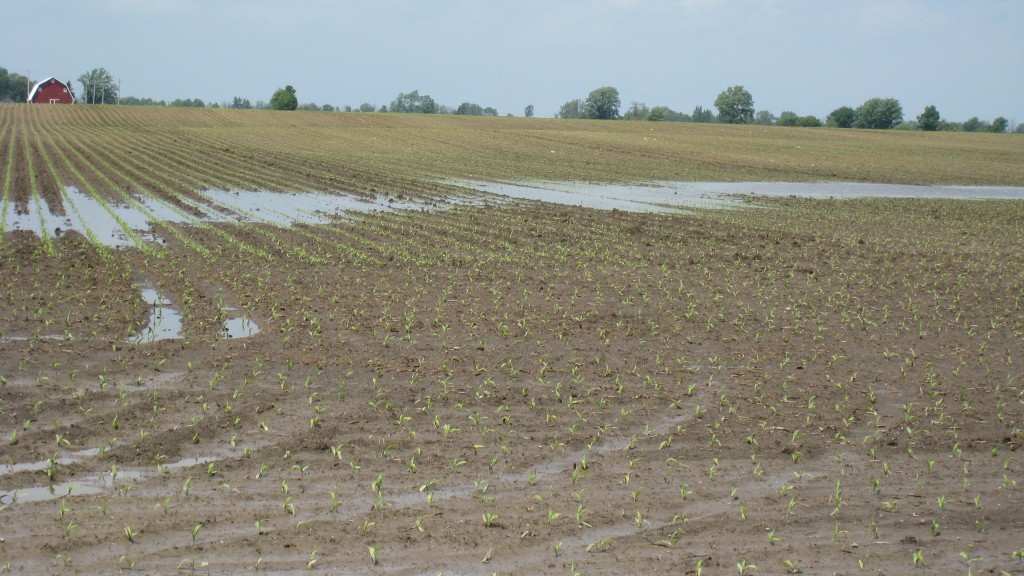Fall is the time to evaluate corn nitrogen use efficiency by using the end-of-season cornstalk nitrate test. The test measures nitrate-nitrogen left in the corn plant following maturity.
According to the most recent USDA Crop Progress report released on October 27 just 46% of the nation’s corn was harvested so there is still time to collect samples for analysis. Ideally samples should be collected 1 to 3 weeks after maturity (black layer), however, over the course of 15 years of utilizing the test I have collected samples up to, and immediately after harvest. Post harvest samples can be collected if the corn header is raised high enough to allow an 8-inch stalk segment to be collected starting 6 inches above the ground. If using a head with shredders samples will need to be collected before harvest. Don’t allow stalks that have been harvested to get rained on before collection or nitrates will start washing out of the stalks.
The video provides a demonstration of sample collection and preparation in order to send to a lab for analysis.

